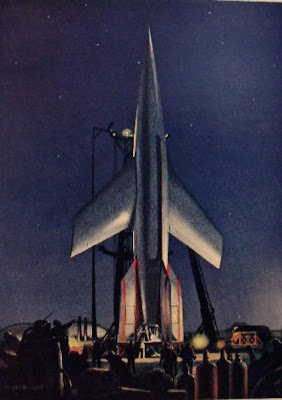I'm taking a couple of days to redo the lighting on the computer desk I'm using. Most of the photo stories I've shot til now were lit with a little table lamp off to the side of my computer. I could get lots of variation in the lighting just by tilting the shade. It worked pretty well up until recently and now, for some reason I can't understand, everything I shoot looks terrible. Maybe the computer's built-in camera is on the fritz, or maybe the lamp has an electrical problem. I wish I knew.
Anyway, I'll be gone for a couple of days while I wrestle with this problem. My computer's up against a wall so 3/4 frontal lighting is out. Tomorrow I'll hang a mirror in front of me and try to bounce a light off it. Maybe that'll give the illusion of frontal lighting. Aaaargh! What a hassle!
Anyway, just to fill the space for a couple of days, here's some photos that I've been dying for an excuse to post. That's Hitchcock above. Here he makes fat look fashionable. The tight clothes come off as comedic, but they're also a serious graphic statement. You take orders from people who look like that.
Here's (above) a self-portrait of Weegee, the famous New York press photographer. Aaaargh! A beautiful but creepy picture!
Poor Weegee lived in a bare bones one room apartment in Manhattan. He slept next to receivers that picked up shortwave broadcasts from the police and fire department.
Here's (above) a nicely lit picture of Charles Laughton. It makes me want to draw a pen and ink version of it, with lots of crosshatching around the eyes and mouth.
Thanks to Mike, a rare frontal picture of Mortimer Snerd. It's funny, but kind of evil, too.
Boy, the right kind of lighting can make anybody look evil, even Harpo Marx who was reputed to be one of the nicest guys in Hollywood.
If you're wondering how to give your place a touch of class, I suggest hanging a poster size picture of Reginald Van Gleason III (above). The frame should be a gold baroque design with lots of carved grape clusters and cupids.
I'll end with another picture of Hitchcock, this time with Claudette Colbert. Hitch looks like he's having a good time. I hope he had lots of moments like this. The biographies make it seem like he never had any fun.























































